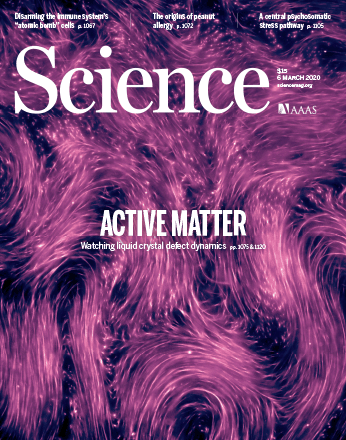A neurodevelopmental origin of behavioral individuality in the Drosophila visual system
Gerit Arne Linneweber, Maheva Andriatsilavo, Suchetana Bias Dutta, Mercedes Bengochea, Liz Hellbruegge, Guangda Liu, Radoslaw K Ejsmont, Andrew D Straw, Mathias Wernet, Peter Robin Hiesinger, Bassem A Hassan – 2020
The genome versus experience dichotomy has dominated understanding of behavioral individuality. By contrast, the role of nonheritable noise during brain development in behavioral variation is understudied. Using Drosophila melanogaster, we demonstrate a link between stochastic variation in brain wiring and behavioral individuality. A visual system circuit called the dorsal cluster neurons (DCN) shows nonheritable, interindividual variation in right/left wiring asymmetry and controls object orientation in freely walking flies. We show that DCN wiring asymmetry instructs an individual’s object responses: The greater the asymmetry, the better the individual orients toward a visual object. Silencing DCNs abolishes correlations between anatomy and behavior, whereas inducing DCN asymmetry suffices to improve object responses.
author = {Linneweber, Gerit Arne and Andriatsilavo, Maheva and Dutta, Suchetana Bias and Bengochea, Mercedes and Hellbruegge, Liz and Liu, Guangda and Ejsmont, Radoslaw K. and Straw, Andrew D. and Wernet, Mathias and Hiesinger, Peter Robin and Hassan, Bassem A.},
title = {A neurodevelopmental origin of behavioral individuality in the Drosophila visual system},
volume = {367},
number = {6482},
pages = {1112--1119},
year = {2020},
doi = {10.1126/science.aaw7182},
publisher = {American Association for the Advancement of Science},
abstract = {When given a line to follow, some fruit flies do so carefully and others weave. Linneweber et al. now show that these behaviors are stable for an individual but diverse in an isogenic population. Key to generating individual diversity in the population is the inherent chaos of normal development. A set of neurons in the visual system is wired up in a variable manner, resulting in brain circuit asymmetry unique to each fly that guides its line-walking behavior. With more asymmetry in its brain circuit, a fly is better able to orient to the line.Science, this issue p. 1112The genome versus experience dichotomy has dominated understanding of behavioral individuality. By contrast, the role of nonheritable noise during brain development in behavioral variation is understudied. Using Drosophila melanogaster, we demonstrate a link between stochastic variation in brain wiring and behavioral individuality. A visual system circuit called the dorsal cluster neurons (DCN) shows nonheritable, interindividual variation in right/left wiring asymmetry and controls object orientation in freely walking flies. We show that DCN wiring asymmetry instructs an individual{\textquoteright}s object responses: The greater the asymmetry, the better the individual orients toward a visual object. Silencing DCNs abolishes correlations between anatomy and behavior, whereas inducing DCN asymmetry suffices to improve object responses.},
issn = {0036-8075},
URL = {https://science.sciencemag.org/content/367/6482/1112},
eprint = {https://science.sciencemag.org/content/367/6482/1112.full.pdf},
journal = {Science}
}

